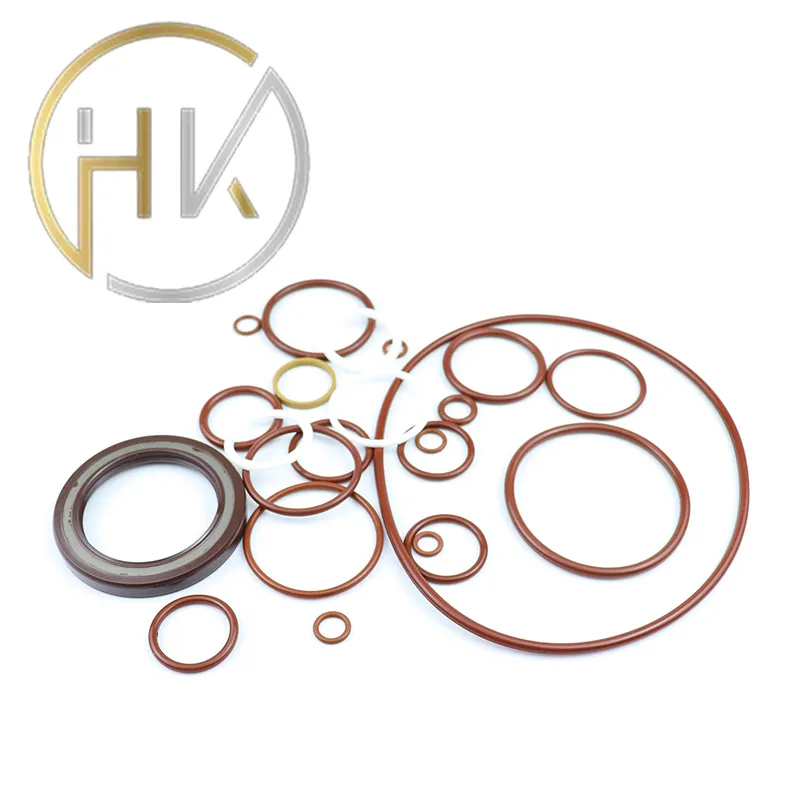ágú . 10, 2024 07:10 Back to list
A Comprehensive Guide to Hub Seals Categorized by Their Size and Functionality
Understanding Hub Seals by Size A Comprehensive Guide
Hub seals are essential components in various mechanical systems, particularly in automotive and industrial applications. They play a crucial role in preventing contaminants from entering the wheel hub and protecting critical components such as bearings from damage. One key aspect of hub seals is their size, which can significantly affect their performance and compatibility with different vehicles or machinery. In this article, we will explore the importance of hub seal sizes, factors influencing size selection, and best practices for installation.
The Importance of Hub Seal Size
Selecting the correct size of hub seal is vital for ensuring optimal performance in any application. An improperly sized seal can lead to several problems, including ineffective sealing, premature wear of bearings, and potential breakdowns. A seal that is too small may not create a tight fit, allowing dirt, water, and other contaminants to enter the hub assembly. Conversely, a seal that is too large may not provide a secure attachment, leading to leaks and eventual failure.
In automotive applications, the wheel hub seal size is crucial because it directly affects vehicle safety and performance. For heavy machinery, the right size ensures that components function efficiently, reducing downtime and maintenance costs.
Factors Influencing Hub Seal Size Selection
1. Vehicle or Equipment Specifications The first step in selecting the correct hub seal size is to consult the manufacturer's specifications. Every vehicle or machinery type has designated dimensions for seals, including inner diameter, outer diameter, and thickness. Adhering to these specifications is critical for ensuring a proper fit.
2. Type of Application The intended use of the vehicle or machinery also influences size selection. For instance, off-road vehicles may require larger or more robust seals to withstand harsher conditions, while standard passenger cars may need smaller, less rugged seals.
3. Operating Conditions Environments that expose seals to extreme temperatures, pressures, or potential contaminants require careful consideration of size and material. In such cases, larger or specially designed seals may be necessary to provide adequate protection.
hub seals by size

4. Material While the size is critical, the material of the hub seal also affects its performance. Common materials include rubber, silicone, and various composites. These materials come in different thicknesses and flexibility, which can influence sealing efficacy.
Best Practices for Hub Seal Installation
Choosing the right size hub seal is only the first step; proper installation is equally important to achieve optimal performance. Here are some best practices to follow
- Clean the Installation Area Before installing a seal, ensure that the hub surface is clean and free of debris. Any foreign particles can compromise the seal's effectiveness.
- Use Lubrication Applying a thin layer of lubricant during installation can ease the process and help the seal slide into place without tearing.
- Check Alignment Ensure that the hub seal is aligned correctly. Misalignment can lead to premature wear or failure.
- Regular Inspection After installation, regular checks for signs of wear or contamination can extend the life of the hub seal and improve overall performance.
Conclusion
In conclusion, understanding hub seals by size is crucial for maintaining the performance and longevity of vehicles and machinery. By considering factors such as application requirements, operating conditions, and proper installation techniques, users can ensure they choose and install the correct hub seal size. Ultimately, this attention to detail contributes to safer and more efficient mechanical systems, reducing costly repairs and enhancing overall reliability.
-
The Trans-formative Journey of Wheel Hub Oil Seals
NewsJun.06,2025
-
Graphene-Enhanced Oil Seals: Revolutionizing High-Pressure Oil Sealing
NewsJun.06,2025
-
Future of Hydraulic Sealing: Advanced Intelligent TCN Oil Seals
NewsJun.06,2025
-
Don’t Let a Broken TCV Oil Seal Ruin Your Day
NewsJun.06,2025
-
Bio-Inspired Dust Seals for Better Sealing Performance
NewsJun.06,2025
-
Biodegradable and Sustainable Hydraulic Seal Materials
NewsJun.06,2025
-
Top Oil Seal Solutions for Your Industrial Needs
NewsMay.22,2025
Products categories
















